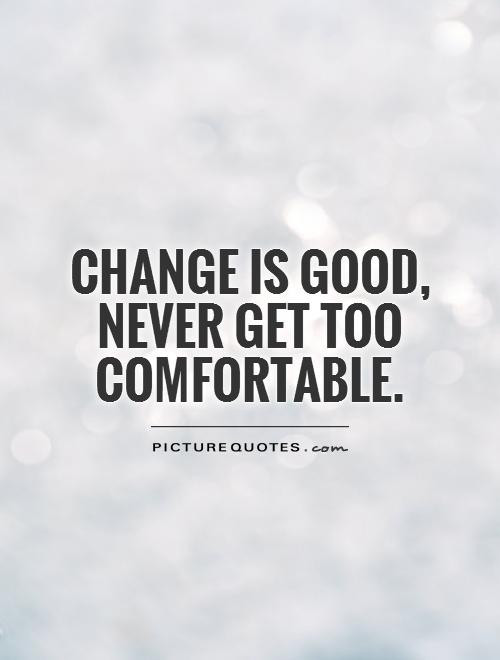SHOULD WE CHANGE OUR EXERCISE PROGRAMS?
It occurs to me that my workout routine of today bears no resemblance to the one of 6 months ago, nor to the one of even 2 – 3 months ago.
It is important that a beginner stay with the same program for several weeks, if not months. This is a learning process, in which the experience of training and then resting is new and not especially in need of experimentation. Sticking to the basics is more important during this time.
Later, there may be a variety of beneficial reasons to make changes, such as:
- Reaching a plateau and not seeing progress
- Changing goals – seeking only strength vs. body sculpting or vice versa
- Boredom with present routine
- Changing workout locations – home vs. outside gym
- A need to bring up lagging body parts – maybe legs are getting bigger, but upper torso is lacking
- Overall improvement is lacking
- We are not getting the same “pump” and there is no soreness at all. The workout seems too easy.
- We may have sustained an injury. That’s me!
Small changes may be made by using different equipment for the same movements, using more or less resistance for the same reps, resting for longer periods of time or doing different movements for the same body parts.
So……yes, we should change our exercise programs at appropriate times. There is no “right answer” as to when this is appropriate in terms of specific times. I have read opinions that no changes should be made for 3-4 months…and I am also aware of differing opinions.

MY PERSONAL EXPERIENCE
As I stated in the first paragraph, my workout routine has changed dramatically in the last 3- 6 months. Last summer, I was doing 2 upper torso sets each for back, chest, shoulders, biceps, triceps, abdominals (plus calves) every other day, plus 20 – 25 minutes on my treadmill. On the alternate days, I would do 2 sets for abdominals, 2 for calves and 30 minutes on my treadmill, often including a “power walk” outside for another 20 minutes.
I was using dumbbells, Bullworker products, my Power Press and occasionally resistance cords, as well as my treadmill. Other than the Bullworkers, these are avaai9lable through Amazon. As an Amazon associate, I may earn from qualifying purchases.
Then, I incurred a shoulder injury, a rotator cuff sprain or impingement of some kind. X-rays showed lots of arthritis in that shoulder. I changed to resistance cords exclusively. This lower impact resistance worked well for a month or two and I continued with core, cardio and calves in my routine.
About a week ago, I changed my focus completely. I set up a series of physical therapy sessions and stopped doing any kind of upper body exercise. I was prolonging the healing of my shoulder by engaging its use.
I now am following this program every day:
- 2 sets of 40 reps of a butterfly crunch for abdominals
- 2 sets of 40 reps of a standing calf raise
- 18 sets of stretches, per my physical therapy
- 25 minutes on my treadmill
I also do 15 -20 more stretches on site when I visit the physical therapy clinic.
Plus…… some very helpful modes of therapy have been introduced to me:
- Electrical nerve stimulation
- Heat and massage
- Dry needling
I decided to order my own unit for electrical nerve stimulation. See my recent article. Here is another link, directly to the unit via Amazon. I use my TENS 7000 3-4 times daily.

CONCLUDING
After only 3 sessions, my physical therapy seems to be working very effectively. And why shouldn’t it? The therapists are presenting several treatment modes and sending me home with “homework”. The dry needling was done today for the first time and, by coincidence or otherwise, my shoulder feels very loose right now.
My workout change was more a necessity than a choice, but I might have stopped all forms of exercise. The much greater part of my current routine is remedial, but my abdominal, lower leg and cardio focus continues.
The point is that we all have differing needs and goals. And these needs and goals are never static for long. For this reason, it is essential to constantly evaluate our progress, with a view to make changes as needed.
It is also important for beginners to check with their physicians before starting a new program and for all of us to seek help when injuries emerge.
Working out through an injury is not that difficult. We simply need to rest the afflicted area and concentrate on our healthy parts. There is always something to work on.
Please leave any comments or questions in the “Comments” box below. Or email me, richard@myworkoutathome.com.
Be well and stay healthy!